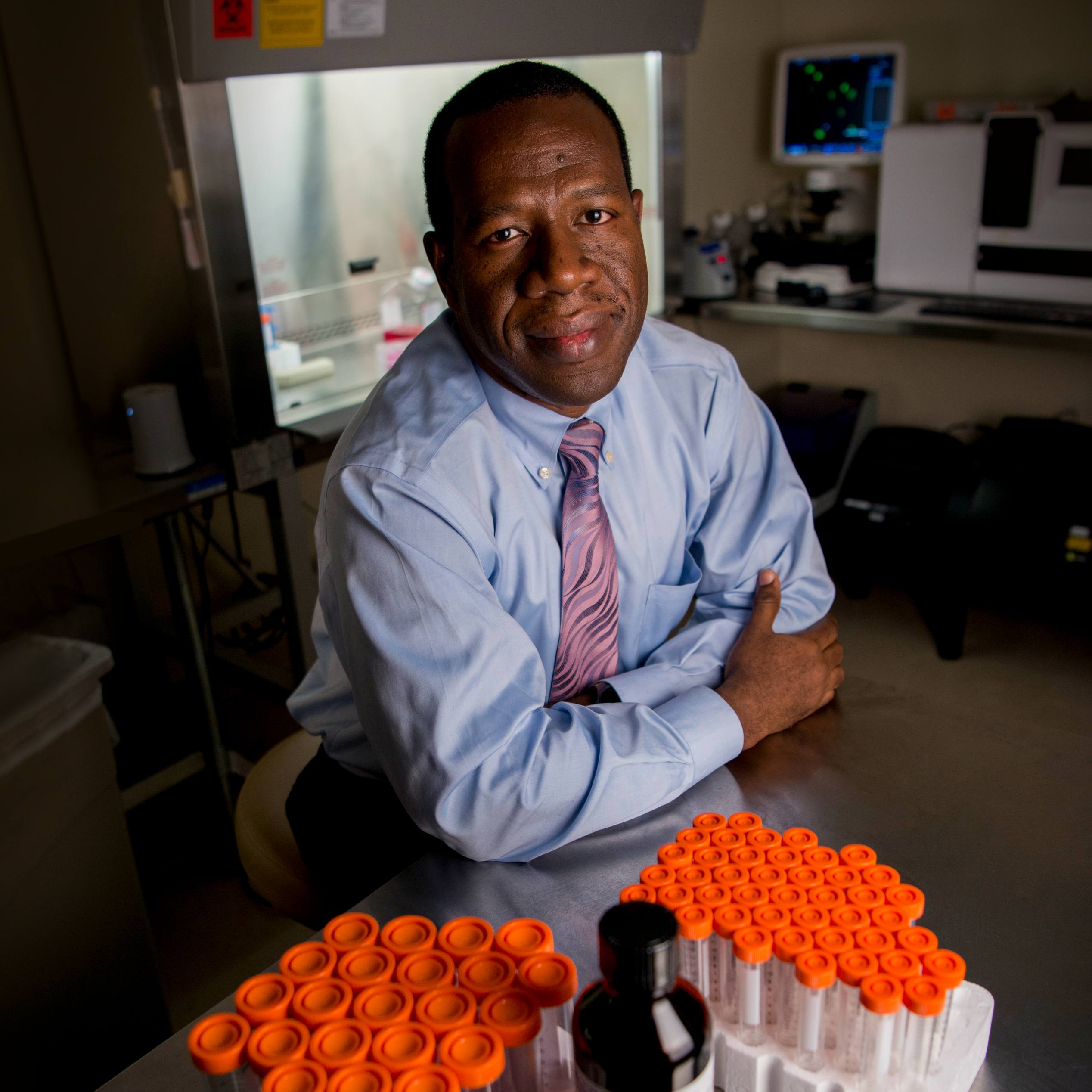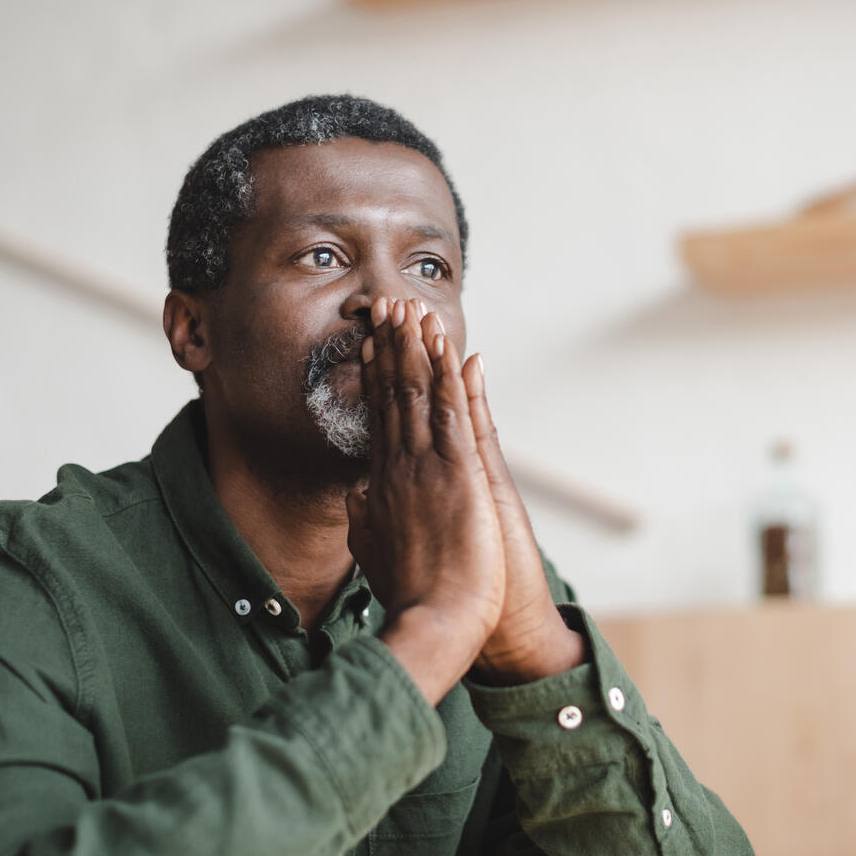-
Diversity
Smudging brings comfort to Native American patients at Mayo Clinic
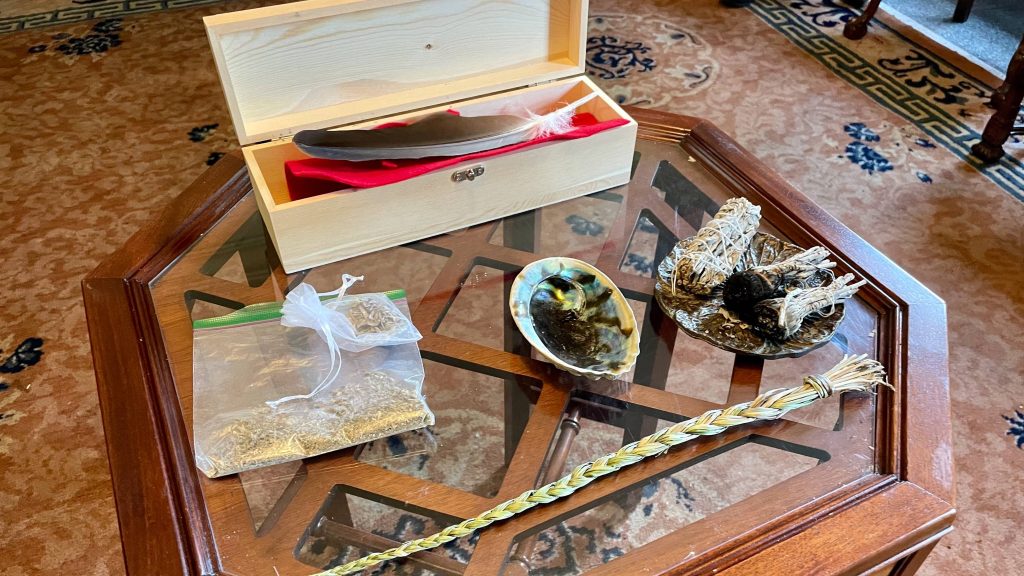
White sage and cedar. A braided bundle of sweetgrass. An abalone shell. An eagle feather.
People of many Native American tribes use these and other natural objects as part of their prayer and healing practices. Sage, sweetgrass or tobacco is burned in the shell, with the feather used to guide the fragrant smoke around a person. Called smudging, it's a daily practice for many Dakota and Ho-Chunk people.
For Native American patients in the hospital, smudging can be a prayer for healing. Hospital chaplains often are asked by Native patients for assistance or accommodation with their traditional spiritual practices. These services are available at Mayo Clinic Hospital in Rochester and other Mayo facilities, and the Clinical Pastoral Education program at Mayo Clinic School of Health Sciences provides training for chaplaincy residents and interns on how to smudge and the importance of smudging for Native patients.
"The smudging ceremony is about the power of connection to home and ancestors," says Karen Heistand, program director. "Having this spiritual support and space available for patients is something that has made Mayo Clinic a place where Native American patients feel they will receive culturally appropriate care from people who care about them and are sensitive to culture."
Three interns in the 11-week Clinical Pastoral Education program recently received training in the importance and practice of smudging at Mayo Clinic Hospital–Saint Marys Campus, which has a room dedicated for that purpose, the Art Owen Smudging Room. One of the interns, Amber Poznik, who plans to become a hospital chaplain specializing in pediatric or palliative care, says the training was "beautiful to witness" and will help her with spiritual caregiving.
"I greatly appreciated learning about how this practice is a sacred form of prayer that is vitally significant to the healing process of Native people and their connectedness to the Creator," says Poznik. "I felt that it contributed positively toward my own spiritual healing and connectedness to the sacred, which was very special."
Smudging services are available at Mayo Clinic in Florida and at Mayo Clinic Health System hospitals in Eau Claire and La Crosse, Wisconsin. Smudging is being introduced at Mayo Clinic in Arizona, where ceremonies may be held in the chapel, the Center of the Spirit, the healing gardens or in the patient's room when possible. Plans also are in the works at Mayo Clinic Health System–Mankato in Minnesota.
Smudging is a form of healing prayer
The Clinical Pastoral Education Residency is an intensive, year-long program, with three 11-week units of coursework and training, each of which includes 300 hours of clinical work with patients, families and staff, as well as 100 classroom and small-group hours. Upon completion of the residency, trainees who have completed their theological education receive a certificate from Mayo Clinic School of Health Sciences and the credits are registered with the Association for Clinical Pastoral Education, the accrediting agency. Summer interns earn one CPE credit and are then eligible to apply for residency.
"Smudging is for mind, body and spirit," says Valerie Guimaraes, D.N.P., an enrolled member of the Ho-Chunk nation and a Mayo Clinic patient experience ambassador who provides smudging training for the program. "It's a form of prayer to the creator, and it's about restoring balance and harmony."
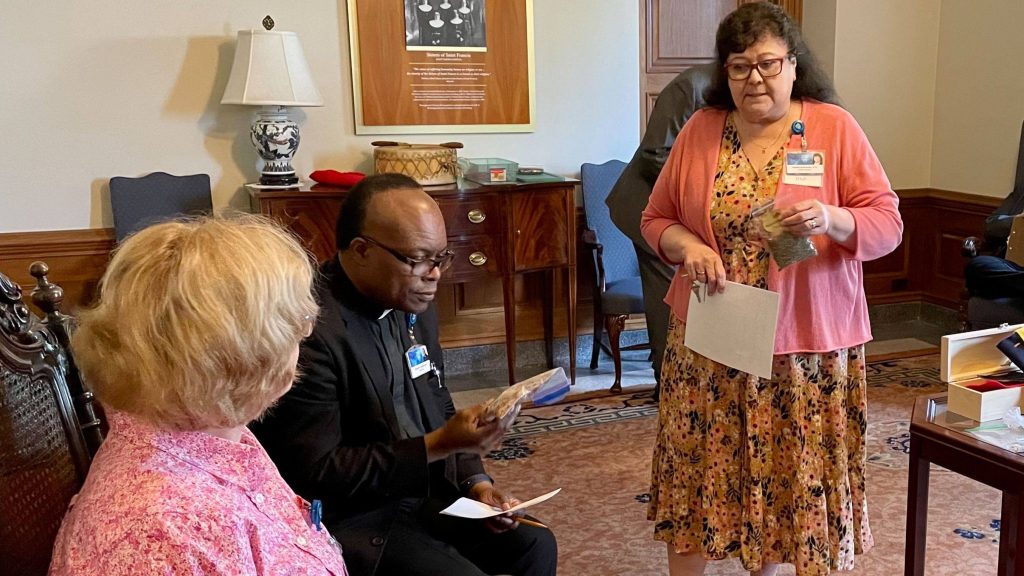
Guimaraes has long been involved in efforts to build stronger relationships between Mayo Clinic and the Dakota, Ho-Chunk, Ojibwe and other Native American communities. When Guimaraes started work at Mayo Clinic as a volunteer several years ago, she realized there was no place for Native people to practice traditional rituals such as smudging. Thanks to her efforts with hospital and clinic leadership, the Art Owen Smudging Room opened in 2019. The room is named for a spiritual leader from the Prairie Island Indian Community near Red Wing who often came to Mayo Clinic Hospital to provide spiritual support for Native people.
Having a room dedicated to smudging practices "shows that Mayo Clinic recognizes the spiritual care needs of its Native American patients and enhances the healing effect of the excellent medical care patients receive," Guimaraes says.
The Art Owen room is an ornate space that formerly was called the Bishop's Parlor. Wood-paneled, with a coffered ceiling, chandelier and fireplace, the room looks out on the front lawn of the historic Francis Building. It is a quiet space not far from Saint Marys' patient rooms and surgical suites.
Four elements represent the four directions
For her training sessions with residents and interns, Guimaraes shows the natural materials that are used in smudging, including the eagle feather, which is kept in a ceremonial box. The materials represent the four elements of nature — earth, water, wind and fire — that are central to Native American culture and spirituality.
"Part of our culture is we don't want people to be alone, especially in difficult times," says Guimaraes, who was a registered nurse for 20 years. "A patient may want their room smudged, including their clothing and IV tree. The ultimate authority is with the patient and we try to provide what will bring them peace and comfort."
The interns who recently received training with Guimaraes said the experience opened their eyes to the importance of access and support for Native American spiritual practices. "Learning about smudging and how to better serve the spiritual needs of Native Americans I encounter is incredibly important for my future ministry," says Marit Johnson, who is pursuing ordination as a Lutheran pastor. "It will be important to continue educating myself about local tribes and their spiritual practices."
Since her training with Guimaraes, Johnson participated in a smudging with an Ojibwe elder and his wife in the Spiritual Care office. "It was incredibly special to share this space with them," she says. "They graciously allowed a staff chaplain and me to be present during the smudging and explained different aspects of their smudging tradition, their prayers and their songs. Both the patient and her husband smudged me. The elder used the eagle feather to bless my eyes to help me to see better, my ears to help me to hear others' prayers more clearly, my mouth to help me speak clearly, and my hands to aid my work. It was a powerful experience that I will never forget."
The couple expressed their gratitude to be able to do this practice at Mayo Clinic, "and I am so grateful to have shared this sacred experience during my internship this summer," says Johnson.
Research project affirms the importance of smudging
Being able to provide compassionate spiritual support for Native patients is an essential part of healing care, and new Mayo Clinic research indicates that patients and families draw comfort from the support.
"There's little research available about the spiritual practice of smudging among patients in a hospital setting," says Jacek Soroka, Ph.D., research coordinator for the Clinical Pastoral Education Residency program. "The aim of our qualitative case study was to learn more about the impact that smudging had on the experience of recent patients."
The research team interviewed nine Native American patients who received care between January 2021 and March 2023 and who engaged in smudging. The patients represented the Lakota-Sisseton, Ojibwe, Dakota, Winnebago, Winnebago-Omaha and Lakota nations and the Mandan, Hidatsa and Arikara nation. Among the findings was that patients described the accessibility and experience of smudging as comforting, bringing peace and healing to body, mind and spirit.
"Patients felt stronger, respected and more hopeful after the smudging ceremony," says Soroka. The patients interviewed generally were open to a non-Native person facilitating the ceremony, and they reported that smudging helped them to perceive the hospital as a safe place and "like home."
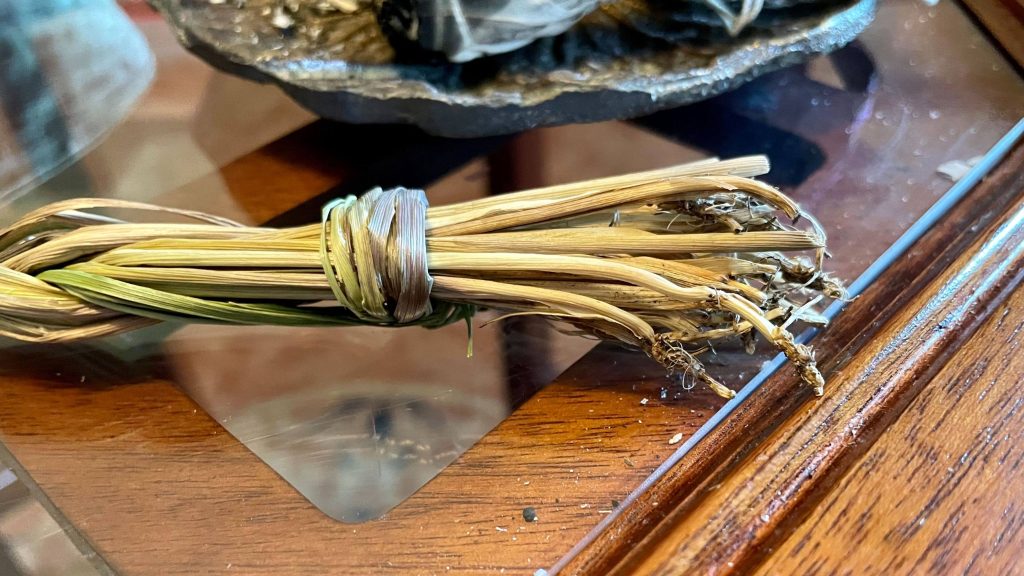
The smudging research project added experiential learning and research skill-building to the Clinical Pastoral Education curriculum. Residents saw this project as an opportunity to lift up the voices of Native American patients and families at Mayo Clinic, says Maureen Cleverley, who finishes her residency year in August and will become a hospital chaplain in Olympia, Washington.
"We wanted to provide an avenue to patients who received smudging to discuss their experiences," she says. "Participating in this research led to a deeper empathy for and understanding of the diverse patient populations we serve."
A poster of the results was presented in June at the Association of Professional Chaplains national conference. The findings also will be discussed at the RISE for Equity conference, Aug. 10-13 in Minneapolis, sponsored by Mayo Clinic School of Continuous Professional Development.
"The smudging ceremony is of profound importance to many hospitalized Native American patients," says Soroka. "It contributes to patient well-being, healing and satisfaction. Our findings suggest that healthcare systems should be sensitive to the needs of Indigenous populations and become educated about smudging and how to provide it."
Journalists: Broadcast-quality video of the smudging training can be found in the downloads at the end of the post. Please courtesy: "Mayo Clinic News Network."





